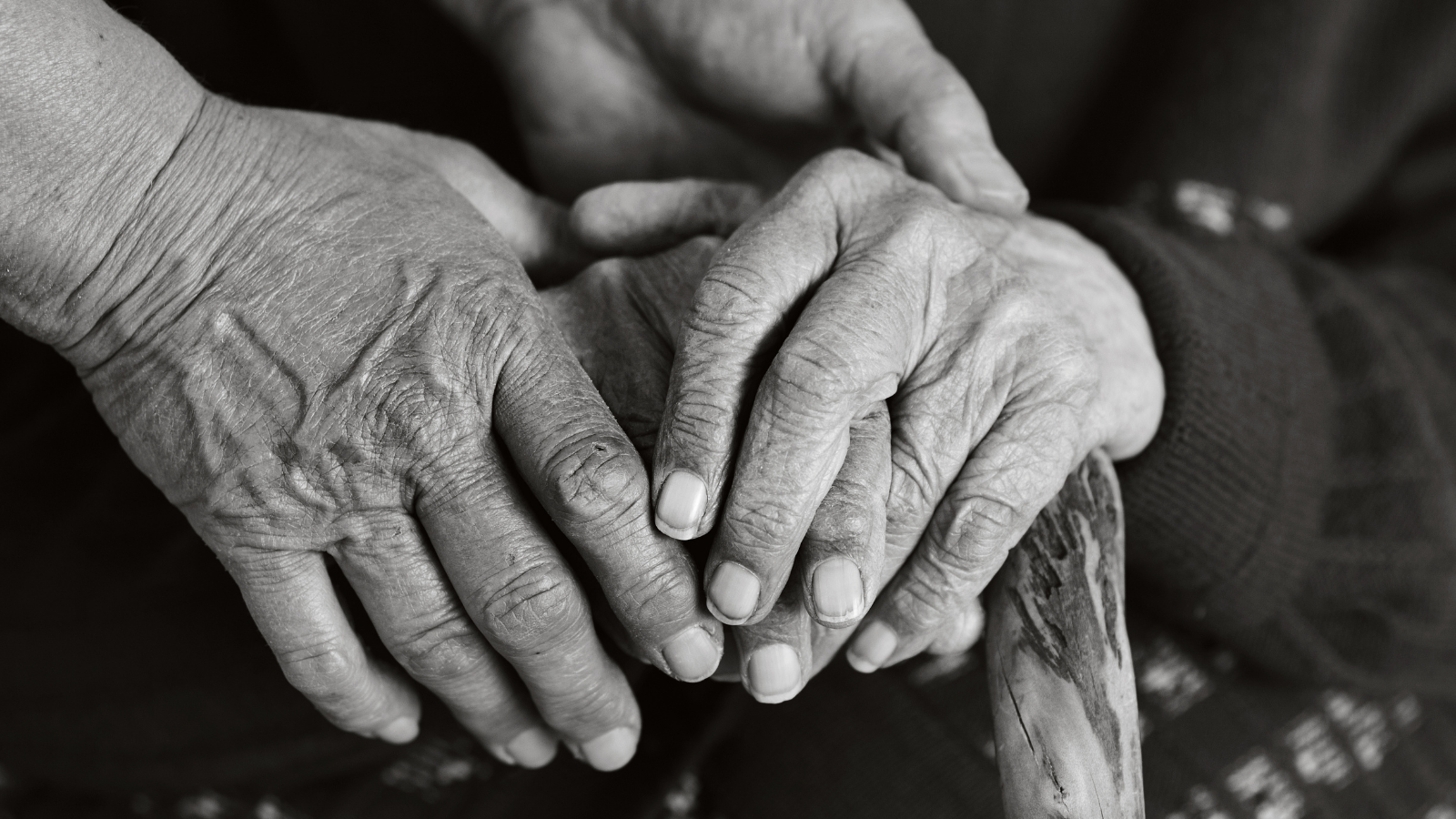At Guild, we have a variety of different programs that aim to end homelessness. What’s unique about our homeless outreach program, Project for Assistance in Transition from Homelessness (PATH), is that staff go out into the community to find individuals who may be interested in our services.
What does “homeless outreach” mean? PATH Outreach Worker Corey describes it as “seeking and making direct contact with individuals in the community to provide information about services they may be eligible for, and either providing the service or making a referral to a service provider.”
Meeting Individuals Where They Are
PATH staff meet up with individuals experiencing homelessness in places they may be, such as libraries, coffee shops, community centers, parks, and encampments.
“Finding clients can be done by word of mouth, referral, physically driving to certain locations where homeless individuals are seen frequently, or providing outreach at a public location consistently that becomes “home base” for supplies and service,” says Corey.
Guild’s services are mobile, meaning we meet clients where they are in the Twin Cities. That makes it so individuals don’t have to worry about things like transportation. When they have an easier time accessing services, they’re more likely to stick with them.
“Most people experiencing homeless don’t have access to funds for transportation and are not aware of the programs they are eligible for,” explains Corey.
Connecting to Further Help
“Some individuals may be experiencing mental health symptoms that make it difficult to seek help,” says Corey. “Physical health can also be a factor.”
Once individuals are connected with PATH’s services, they are connected with housing, health, employment, and other resources they need. That could mean helping clients access their county’s Coordinated Entry system so they can get housing services, or referring to other services.
Our Services Save Lives
Our homeless outreach services are all about locating individuals in our community who need our help, evaluating the challenges or barriers they face, and getting them the services they need. Want to help us? Donate now! Want to learn more about Corey and our services? Watch this video.

